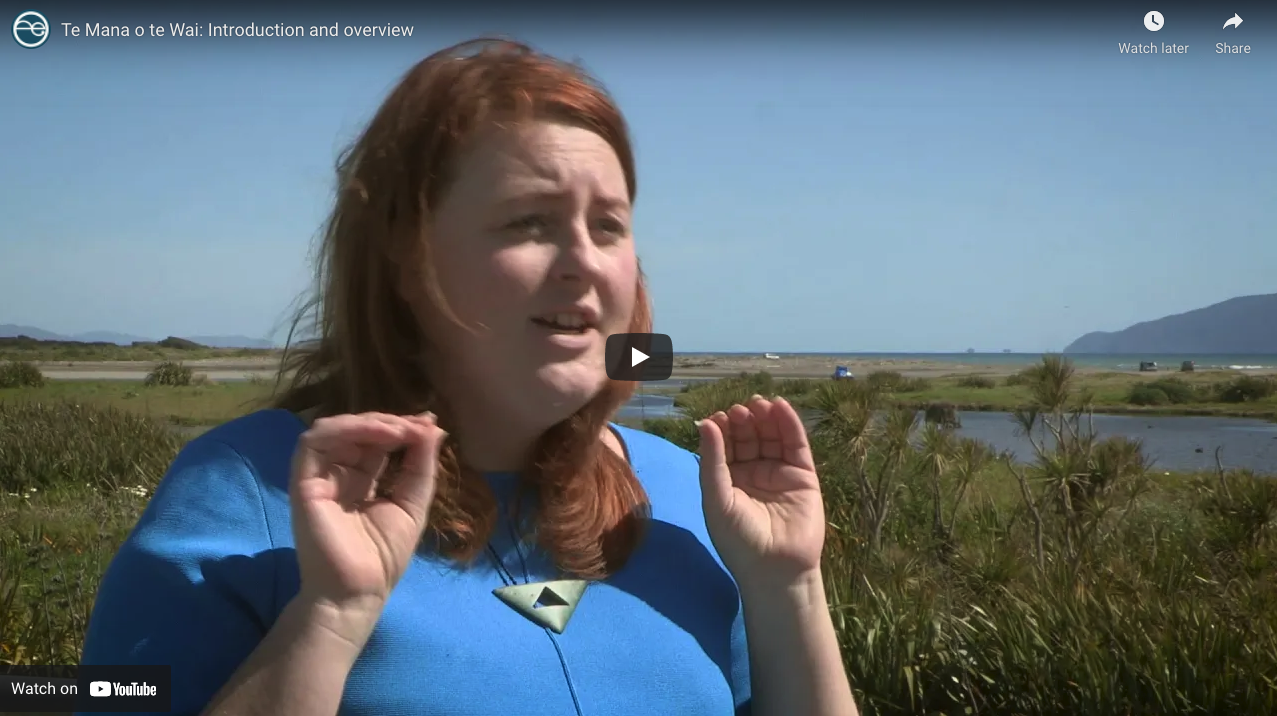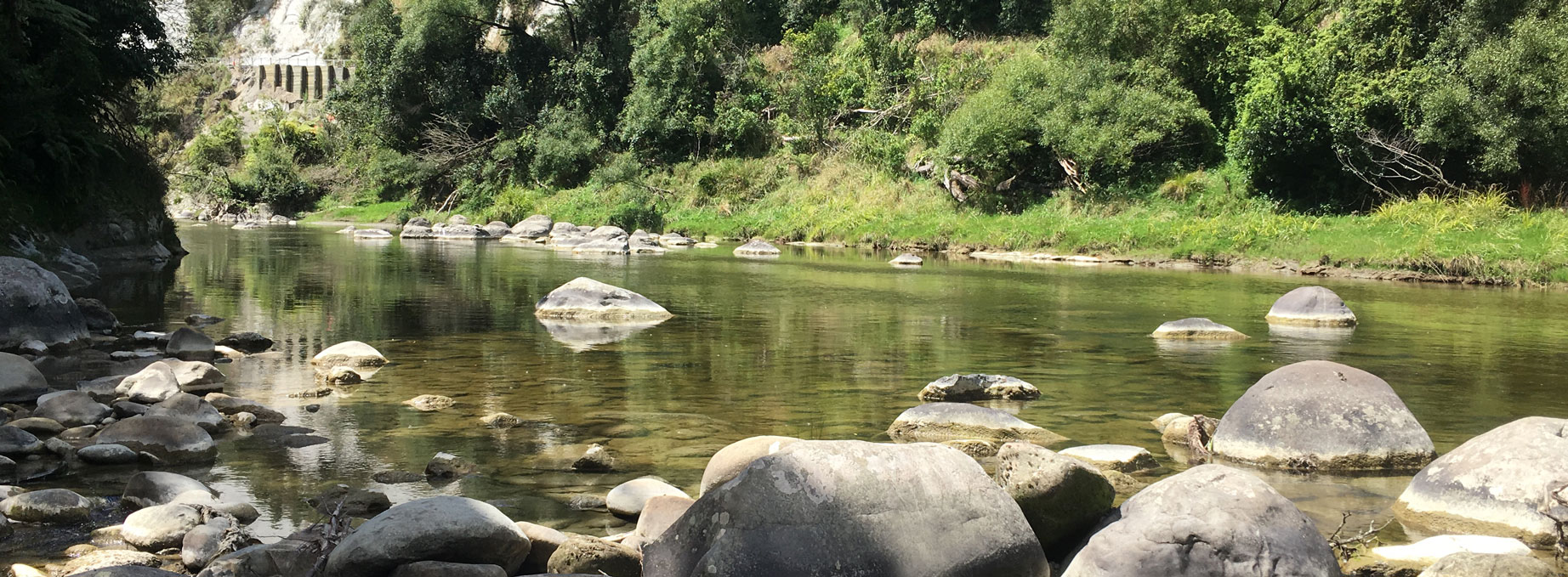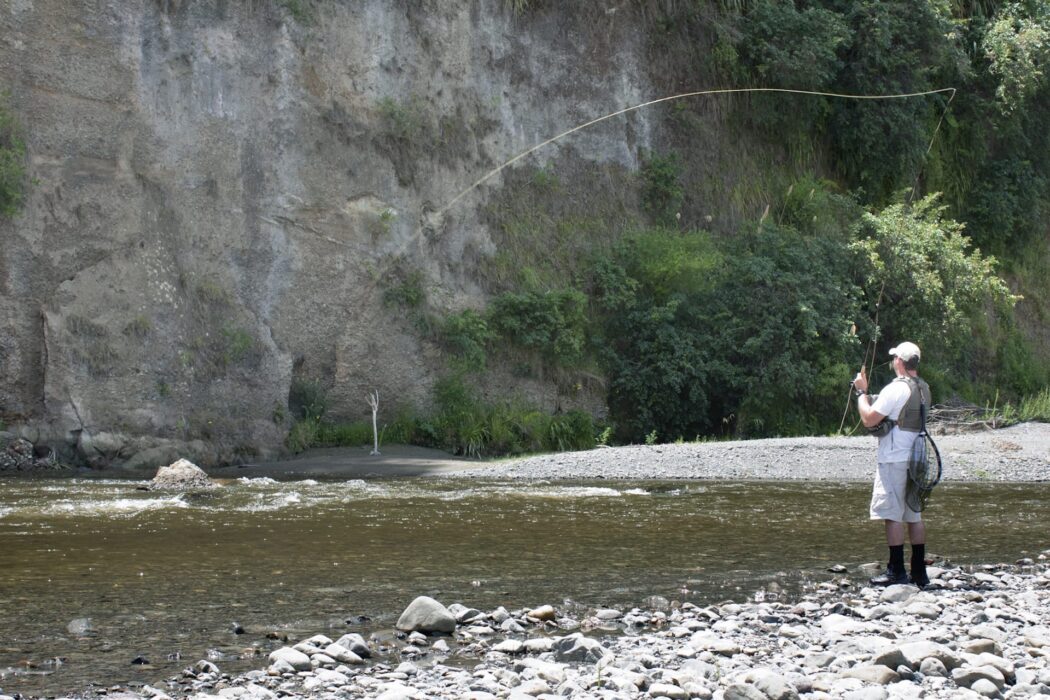What is Te Mana o te Wai?
Te Mana o te Wai refers to the fundamental importance of water and recognises that protecting the health of freshwater protects the health and wellbeing of the wider environment. Te Mana o te Wai is about putting the water first and thinking about it in a holistic way.
Putting the health and wellbeing of water bodies and freshwater ecosystems first is facilitated through the hierarchy of obligations contained in the National Policy Statement for Freshwater Management. This hierarchy prioritises:
- the health and wellbeing of water bodies and freshwater ecosystems
- the health needs of people (such as drinking water)
- the ability of people and communities to provide for their social, economic and cultural well-being, now and in the future.
The Ministries for the Environment and Primary Industries have prepared a factsheet on Te Mana o te Wai. The Regional Council is required to work with our communities and tangata whenua to understand how Te Mana o te Wai applies locally to water bodies and freshwater ecosystems in the region. Working in partnership with tangata whenua, this local understanding is being developed. There will be local variations and nuances across catchments.
Draft Te Mana o te Wai objective
Horizons has engaged with tangata whenua in our region to develop a draft objective for the One Plan which describes how the management of freshwater in the Manawatū-Whanganui Region will give effect to Te Mana o te Wai.
Please find below the draft Te Mana o te Wai objective for the revised One Plan. If you have any feedback on this, share your thoughts here.
All decisions about the management of freshwater resources will give effect to Te Mana o te Wai by:
- Recognising and providing for the lifelong connection between people, land and water: first we must sustain the land and water, then the land and water will sustain us.
- Applying an integrated management approach, that reflects the interconnectedness between people, land, freshwater and coastal water from the mountains to the sea (ki uta ki tai).
- Practising reciprocity by first prioritising the health and wellbeing of the water, and second, giving back to the water so the water is left in better state.
- Managing activities now to safeguard the health, wellbeing, mana and mauri of freshwater and restore freshwater where they are degraded, so that freshwater and freshwater ecosystems are in a better state for future generations.
- Prioritising and facilitating actions and activities that restore the health, wellbeing, mana and mauri of freshwater.
- Providing for mana whakahaere that allows tangata whenua groups to exercise their rights and obligations through whakapapa to freshwater, including by implementing mātauranga Māori, and realising aspirations for freshwater management through partnering arrangements in accordance with the principles of Te Tiriti o Waitangi/Treaty of Waitangi; and
- Applying the hierarchy of obligations that prioritises:
- first, the health and well-being of water bodies and freshwater ecosystems,
- second, the health needs of people; and
- third, the ability of people and communities to provide for their social, economic, and cultural well-being, now and in the future






